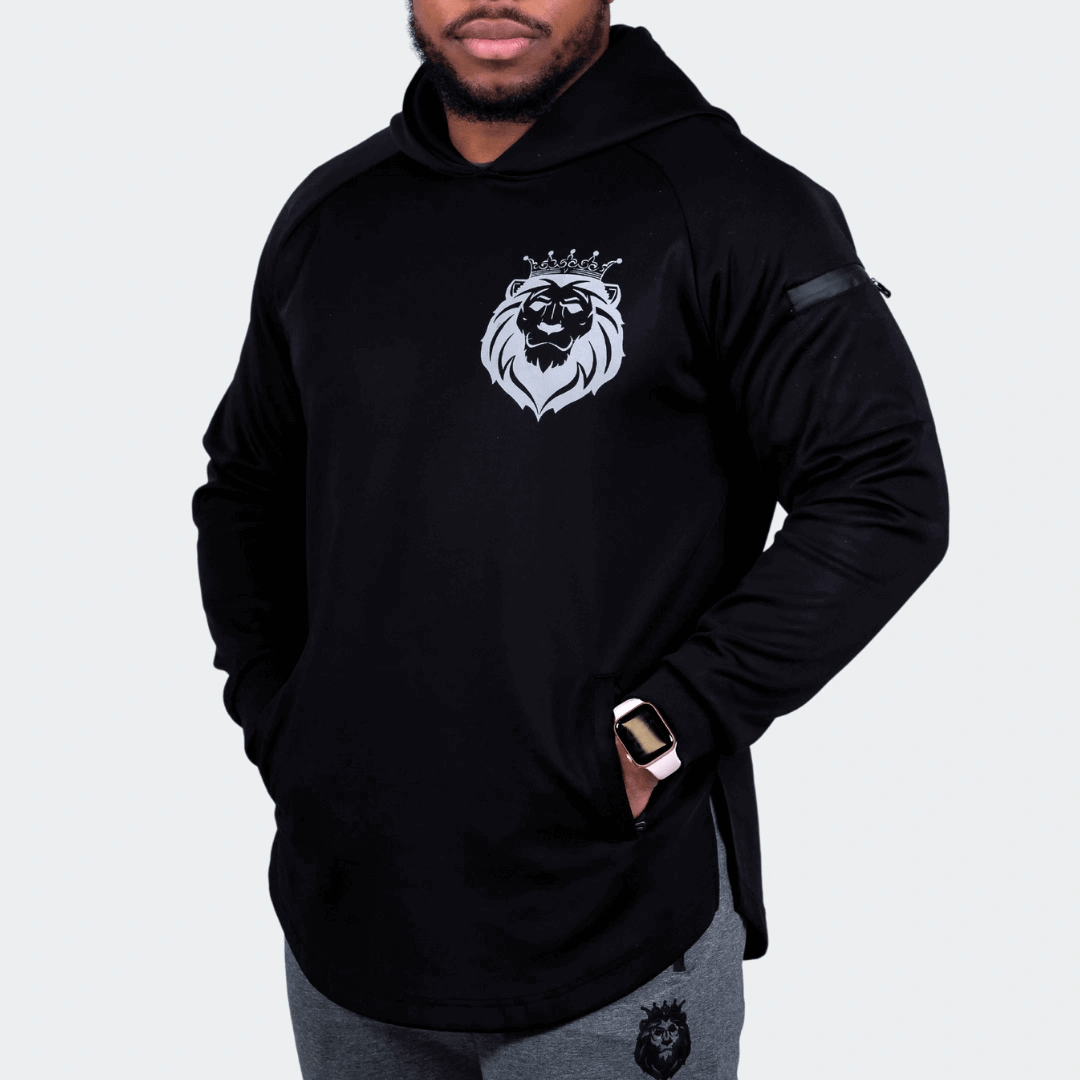Exploring Payment Options for B2B Order Fulfillment

For small businesses involved in the production and sale of gym clothes, securing payment from large buyers is a crucial aspect of sustaining growth and profitability. In this article, we will explore three common payment options available to sellers when dealing with large buyers:
- Upfront payment
- Net 30 terms
- Consignment
Each of these options has its own benefits and considerations, allowing businesses to choose the most suitable arrangement for their specific needs. Let's delve into each payment option in detail.
Upfront Payment
One straightforward payment option for selling gym clothes inventory to large buyers is to require payment in full upfront. Under this arrangement, the buyer pays the entire invoice amount at the time of purchase, ensuring immediate revenue for the seller.
The Pros of Upfront Payment
This option is advantageous as it eliminates any credit risk, guarantees quick cash flow, and reduces administrative burdens associated with credit management and collections.
The Cons of Upfront Payment
It’s important to note that upfront payment may not always be feasible or attractive to buyers, especially when dealing with significant order quantities or long lead times. Additionally, some buyers may be hesitant to commit a large sum of money upfront without first receiving and assessing the quality of the goods.
Net 30 Terms
Net 30 payment terms provide buyers with an extended period, usually 30 days, to settle their invoice. It is a widely used payment option in B2B transactions. Essentially, it allows buyers to receive the goods upfront while deferring payment until a specified later date. This payment arrangement provides buyers with flexibility and allows them to sell the goods and generate revenue before paying the supplier.
Benefits and Drawbacks of Net 30 Terms
For small businesses, offering net 30 terms to large buyers can be an effective strategy to attract and retain customers. It enhances customer relationships, encourages repeat business, and establishes trust between the seller and the buyer. However, there are risks involved, such as the potential for late payments or non-payment, which can strain cash flow and increase administrative efforts for collections.
Consignment
Consignment is an alternative payment option where the buyer agrees to place the seller's inventory in their store or retail outlet without paying for the goods upfront. The seller retains ownership of the inventory until it is sold, at which point the buyer pays the seller a percentage of the sales as agreed upon.
The Pros of Selling on Consignment
This arrangement can be particularly beneficial for small businesses seeking increased exposure and promotion for their gym clothes inventory.
Consignment allows the seller to reach a wider customer base, tap into the buyer's existing customer network, and benefit from the buyer's marketing efforts. It also helps mitigate the risk of slow-moving or unsold inventory since the seller does not bear the burden of unsold goods. For buyers, consignment allows them to offer a wider range of products without the financial commitment of purchasing inventory upfront.
The Cons of Selling on Consignment
However, consignment arrangements require careful monitoring and communication between the seller and buyer to track sales, inventory levels, and payment settlements accurately. Sellers must establish clear consignment terms and agreements, including the consignment period, commission structure, and return policies, to ensure a mutually beneficial partnership.
Conclusion
Choosing the right payment option when selling gym clothes inventory to large buyers is essential for small businesses.
Ultimately, the choice of payment option depends on factors such as cash flow requirements, buyer relationships, and growth objectives. Small businesses should carefully evaluate their needs and the buyer's preferences to determine the most suitable payment arrangement. By selecting the right payment option, sellers can maximize revenue, strengthen customer relationships, and achieve sustainable growth in the competitive market of gym clothes inventory.










Comments